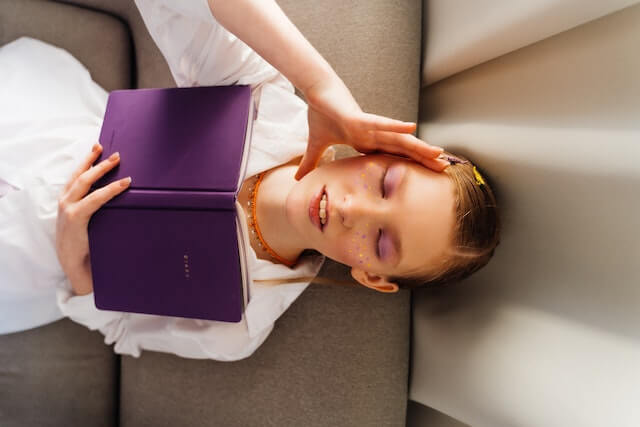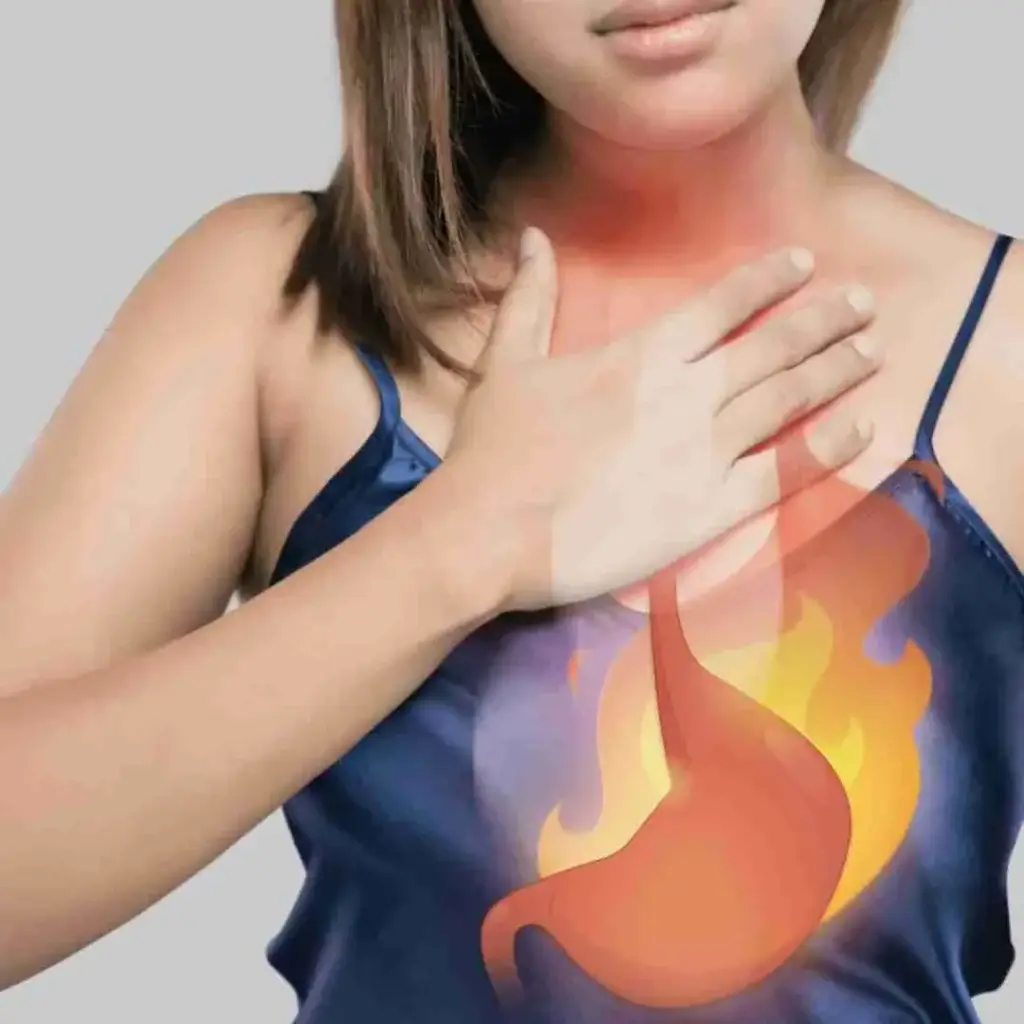Do you remember how old you were when you got your first migraine? For many, these debilitating headaches begin during adolescence or their early twenties, though migraines can really start at any age.
It is estimated that about 5 percent of school-aged children struggle with migraines, and in some cases, children as young as 4 years old may start experiencing symptoms. Before adolescence, girls and boys get migraines at a similar rate, but by the time puberty arrives, the incidence of migraine attacks among girls more than doubles that of boys. Experts aren’t sure why women are more sensitive to migraine headaches than men, but one potential culprit may be estrogen, the most abundant hormone in women’s bodies.
First Exposure to Estrogen Could be the Starting Point for Migraine in Some Adolescent Girls
In a study presented last year at the American Headache Society 61st Annual Scientific Meeting, experts set out to understand why the prevalence of migraines among girls shoots up – and ultimately remains greater in adult women – after the first menstruation but stays the same among their male counterparts.

For the study conducted by a team of experts from the University of Cincinnati in Ohio, 10 years of data from 761 teen girls between the ages of 8 and 20 were examined. The research team followed up with the participants every 6 to 12 months to determine if puberty was approaching or if it had already started. The team looked for thelarche (breast development), menarche (start of menstruation), and pubarche (growth of pubic hair) as the early signs of puberty.
When the girls were around 16 years old, they were asked to fill out a headache questionnaire to determine if they met the diagnostic criteria for migraine or probable migraine. Out of all participants, 11 percent were diagnosed with migraine, and 7 percent had probable migraines. The vast majority of girls (82 percent) did not meet the criteria for migraine headaches.
After comparing the onset of puberty and migraine diagnosis, researchers found that girls with migraine were more likely to have earlier menarche and thelarche than girls without migraines. Specifically, girls with migraine, on average, experienced menarche 5 months earlier and thelarche 4 months earlier.
According to Vincent Martin, MD, president of the National Headache Foundation and one of the co-investigators of the study, their results suggest “(…) that the very first exposure to estrogen could be the starting point for migraine in some adolescent girls. It may be the Big Bang Theory of Migraine.”
It’s hard to determine why some girls experience these changes sooner than others. Most of the time, puberty starts after the hypothalamus signals the pituitary gland to release hormones (estrogen in the case of girls and testosterone in the case of boys). In the case of early or precocious puberty, the brain may start sending out these signals earlier than it is supposed to. Other times, though less common, precocious puberty can happen as a result of a more serious issue like a tumor or thyroid problems.
While precocious puberty can rarely be prevented, treating any underlying medical conditions that may trigger it or using medications or supplements to lower abnormally high levels of hormones has been shown to help.


